(652 products available)








































































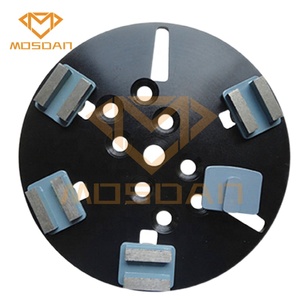































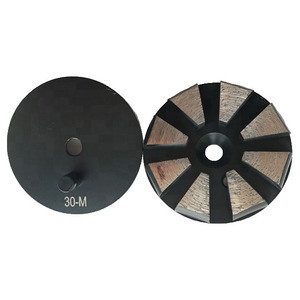

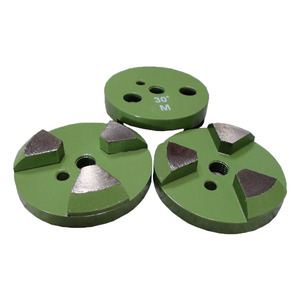





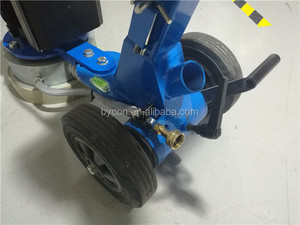




















































































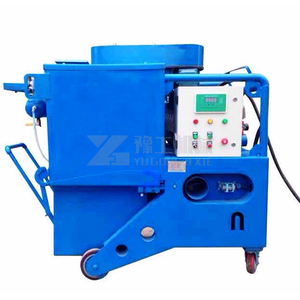










Market Overview: The market for airless blast equipment, where Blastrac products are prominent, has demonstrated steady growth. It increased from USD 596.38 million in 2023 to USD 625.84 million in 2024, with an anticipated CAGR of 5.19%, projected to reach USD 850.01 million by 2030, according to 360iResearch™. This growth is largely driven by a rising demand for surface preparation technologies across various sectors, including construction, automotive, and manufacturing. The expansion of infrastructure projects globally and an increasing focus on sustainable practices have further fueled the need for efficient blasting systems, which are less harmful to the environment compared to traditional methods. Regions like North America and Europe are leading in market share due to their established industrial bases and stringent regulations promoting eco-friendly practices.
Industry Insights: The consumer behavior surrounding blasting equipment, particularly those from Blastrac, has shifted towards a preference for technologically advanced and versatile solutions. As businesses increasingly prioritize operational efficiency, there has been a notable increase in the adoption of automated airless blasting systems. This trend aligns with the overall move towards automation in industrial machinery, which enhances productivity and reduces labor costs. Additionally, the emphasis on quality and performance is pushing manufacturers to innovate, resulting in enhanced product offerings. According to industry insights, customer pain points often revolve around equipment maintenance and operational costs, prompting companies to seek solutions that offer better durability and lower long-term expenses. As such, the market remains competitive, with key players focusing on product development and customer service to capture a larger share of the evolving landscape.
Blastrac machines, also known as shot blasting machines, are popular floor preparation tools. Floor shot blasting involves the impact of small steel balls (shot) on the surface of the concrete floor. This process is usually done by a machine that uses an air compressor to propel the shot on the floor at a high speed through a centrifugal casting wheel. This machine is known as the shot-blasting machine, and it is one of the primary Blastrac machines.
Blastrac machines can be split into four main categories based on the primary power source and process they use to prepare surfaces:
The Blastrac shot blasting machine is known for its many uses. This makes it an extremely versatile piece of equipment.
Surface preparation
The primary function of shot blasting is to prepare surfaces for subsequent coating, painting, or bonding operations. It does so by creating a uniform profile on the surface, removing contaminants, and improving adhesion. This application is common in the aerospace, automotive, and construction industries.
Cleaning operations
Shot blasting also sees use in cleaning operations. It is used to remove scale, rust, and oxidation from metal surfaces. The process also makes it easy to clean foundry surfaces and remove slag and other residues from welding operations. Various industries, including manufacturing and marine, use it for these cleaning purposes.
Repairing damaged surfaces
Blastrac machines are also used for surface damage repair. They can be used to remove coatings, paint, or epoxy that have failed. They can also remove localized corrosion and pits, allowing for a more uniform surface and repair for other processes like welding.
Texturing surfaces
Shot blasting creates rough textures on surfaces to improve the mechanical grip of floors and other surfaces. It is done by controlling the intensity and coverage of the blasting process. The textured surfaces enhance the adhesion of coatings and reduce the risk of slips in safety-critical environments like industrial plants, commercial kitchens, and public spaces.
Strain hardening and surface finishing
Shot peening creates a compressive residual stress layer on a component's surface. This layer increases fatigue strength and resistance to crack formation and propagation. The process also improves the surface finish of components, resulting in smoother surfaces and enhanced performance. Shot peening is commonly employed in the aerospace, automotive, and energy industries.
All these factors should be considered when choosing the right floor Blastrac for sale, primarily focusing on business needs and the qualities of the machine.
Job requirements:
Analyzing the features of job requirements is vital. Floor preparation machines of different types and specifications are available on the market. The job type may require a specific kind of machine to get the surface prepared appropriately. For example, concrete grinding jobs may require the use of a floor grinder rather than a shot blaster. Also, understanding the job's scale and the floor area that needs to be prepared will help people to choose between a walk-behind and a ride-on floor blasting machine.
Machine capacity:
'Capacity' is an all-inclusive term that describes many factors, such as the horsepower of the motor, the surface area the machine can cover within a period, the maximum floor thickness it can tackle, etc. By understanding the 'capacity' of a floor preparation machine, users will better match their output productivity and specific project needs.
Attachments:
Depending on the type of project users need to work on, they may need to use certain attachments with the floor blaster. For instance, vacuum systems are usually indispensable for ensuring a clean and dust-free environment, which may also help achieve a smoother floor surface. In some cases, surface profiling may be required, and specific types of diamond cups used with the Blastrac may be helpful.
Q1: What are the most important things to know about floor Blastrac products?
A1: Blastrac produces a big range of floor-preparation machines that help contractors remove floor coatings and roughen up floors. Some key features of these machines are that they are dust-free, so they create a clean work environment. They also have different types of blades so they can be used on various kinds of floors. The machines are easy to operate and give uniform results to all floor types.
Q2: Why is having a dust-free Blastrac floor machine important?
A2: Blastrac has patented dust-collection systems that ensure minimal dust is released into the air when its floor-prep machines are used. This is important because excessive dust can cause problems for people working or living in the area. The system protects the operator from breathing in harmful dust particles and keeps the surrounding area clean.
Q3: How do people transport Blastrac machines to different job sites?
A3: Blastrac machines are manufactured in a way so that they can easily be stacked and contained for transportation. Packaging is suitable for air freight, sea freight, or land transportation. When the products arrive at the destination, they can be easily unpacked and used without any damage to the product.
Q4: Which other industries use Blastrac products besides the construction industry?
A4: Many other industries use Blastrac products. The oil and gas industry often uses its equipment for floor prep in drilling and offshore facilities. Factories and manufacturing plants use Blastrac to ensure that the machinery and equipment function properly and safely. The warehousing industry also uses its products to ensure that the floors of the warehouses are in good condition. Finally, the logistics industry uses Blastrac to ensure the floors of logistics facilities are not damaged, and heavy transport can happen without any safety concerns.